Puerto rican hall of famers: Puerto Rico – Hispanic Heritage Month
Latino players in Baseball Hall of Fame
October 12th, 2020
Andrew Simon
@AndrewSimonMLB
When the great Roberto Clemente was posthumously elected to the Baseball Hall of Fame in 1973, shortly after his tragic death in a plane crash, he became the first Latino player to get a plaque in Cooperstown.
The Puerto Rico native opened the door, but it took a while for many to join him. Over the next 37 election cycles, only five more Latinos who had played in the Major Leagues made it into the Hall: Juan Marichal (Dominican Republic, 1983), Luis Aparicio (Venezuela, 1984), Rod Carew (Panama, 1991), Orlando Cepeda (Puerto Rico, 1999) and Tony Perez (Cuba, 2000).
(A few other players from Cuba, who had played in the Negro Leagues before integration — Martín Dihigo, José Mendéz and Cristóbal Torriente — also were inducted).
But since the beginning of the 2010s, that trickle of players has turned into a steady stream — one that is set to continue running toward Cooperstown over the course of this new decade and beyond. In honor of Hispanic Heritage Month, let’s take a deeper look.
In honor of Hispanic Heritage Month, let’s take a deeper look.
The HOFers of the 2010s
Over the course of the previous decade, the number of Latino Major Leaguers in the Hall of Fame doubled from six to 12. And five of the new enshrinements came in the latter half of the 2010s. From 2017-19, these players accounted for four of the 11 selections made by the Baseball Writers Association of America (BBWAA).
Roberto Alomar, Puerto Rico (2011, second ballot): The 12-time All-Star and 10-time Gold Glove Award-winning second baseman was carrying on the baseball legacy of his father, Sandy Alomar, who played 15 seasons in MLB. His brother, Sandy Jr., played 20 seasons and is now a coach with the Indians.
Pedro Martínez, Dominican Republic (2015, first ballot): Pedro joined Marichal as the second Dominican and second Latino MLB pitcher to make the Hall. He honored that connection during his emotional, bilingual induction speech, calling Marichal up to the stage.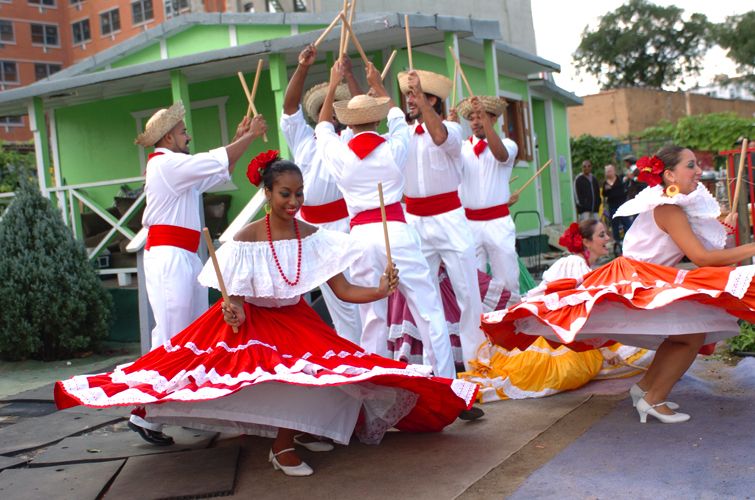
Ivan Rodriguez, Puerto Rico (2017, first ballot): “Pudge” and his rocket arm earned the way to Cooperstown with 13 Gold Glove Awards as a catcher, 14 All-Star selections and an AL MVP Award in 1999.
Vladimir Guerrero, Dominican Republic (2018, second ballot): One of the most distinctive and dynamic players of his era, Guerrero raked his way to Cooperstown. Upon his induction, he was already thinking of those coming behind him, saying, “I know this could open the door for other players.”
Mariano Rivera, Panama (2019, first ballot): The all-time saves leader became the first player to be elected unanimously to the Hall, as he was named on all 425 submitted BBWAA ballots.
Edgar Martinez, Puerto Rico (2019, 10th ballot): Martinez, who was born in New York but grew up in Puerto Rico, finally made it in his last year of eligibility on the BBWAA ballot, completing a rise from only 27 percent support in 2015.
Coming up on the ballot
Over the next five years, the fraternity of Latino Hall of Famers will continue to expand, with at least two nearly certain candidates and a handful of other hopefuls. Here is a look at upcoming BBWAA ballots.
2021: Eleven-time Gold Glove-winning shortstop Omar Vizquel (Venezuela) will look to continue his climb toward the 75-percent threshold after polling at 52.6 percent in his third year on the ballot. While his chances for eventual election appear strong, fellow ballot holdovers Manny Ramírez (Dominican Republic), Andruw Jones (Curacao), Sammy Sosa (Dominican Republic) and Bobby Abreu (Venezuela) all came in below 30 percent last time around and have a long way to go.
2022: David Ortiz (Dominican Republic) seems primed to follow Edgar Martinez’s lead as a primary DH whose overwhelming offensive contributions demand entry. Not to mention, Big Papi is an October legend and three-time World Series champion. Another interesting storyline will be how Alex Rodriguez fares in the voting. A-Rod, the son of Dominican parents, has no-doubt Hall of Fame numbers but also baggage caused by performance-enhancing drug use and suspensions.
Another interesting storyline will be how Alex Rodriguez fares in the voting. A-Rod, the son of Dominican parents, has no-doubt Hall of Fame numbers but also baggage caused by performance-enhancing drug use and suspensions.
2023: Carlos Beltrán (Puerto Rico) has a stellar case due to his spectacular all-around play (435 homers, 312 steals, three Gold Glove Awards in center field). But his chances are more in doubt in the wake of the investigation into the Astros’ sign-stealing, which led to Beltrán stepping down as Mets manager soon after he was hired this past offseason.
2024: Several accomplished Latino players are expected to be on this ballot, but Adrián Beltré is the one likely Hall of Famer among them, having cemented his case by blowing past the 3,000-hit mark late in his 21-year career at third base.
Of course, the BBWAA ballot is not the only means of getting into the Hall, whose Era Committees (formerly known as the Veterans Committee) consider those who have previously fallen off that ballot. Candidates are divided into eras and considered on a rotating basis; five players have been elected via this method since 2018.
Candidates are divided into eras and considered on a rotating basis; five players have been elected via this method since 2018.
Get the Latest From MLB
Sign up to receive our daily Morning Lineup to stay in the know about the latest trending topics around Major League Baseball.
Among the many players who could be reconsidered by the Era Committees in the next several years are Minnie Miñoso and Luis Tiant (Cuba), Bernie Williams and Carlos Delgado (Puerto Rico) and Dave Concepcion and Johan Santana (Venezuela).
Still putting up numbers
Players must be retired for five years before becoming eligible for the Hall, so anyone still active in 2020 would have to wait until at least ‘26 to reach Cooperstown. But there are likely at least a few Latino Major Leaguers who have already punched their tickets whenever the time comes.
Albert Pujols (Dominican Republic): This is as slam-dunk of a case as there is. The 40-year-old Pujols hasn’t been a star-caliber player for a while now, but he continues to climb all-time leaderboards, ranking in the top six all-time in home runs, doubles, total bases and RBIs.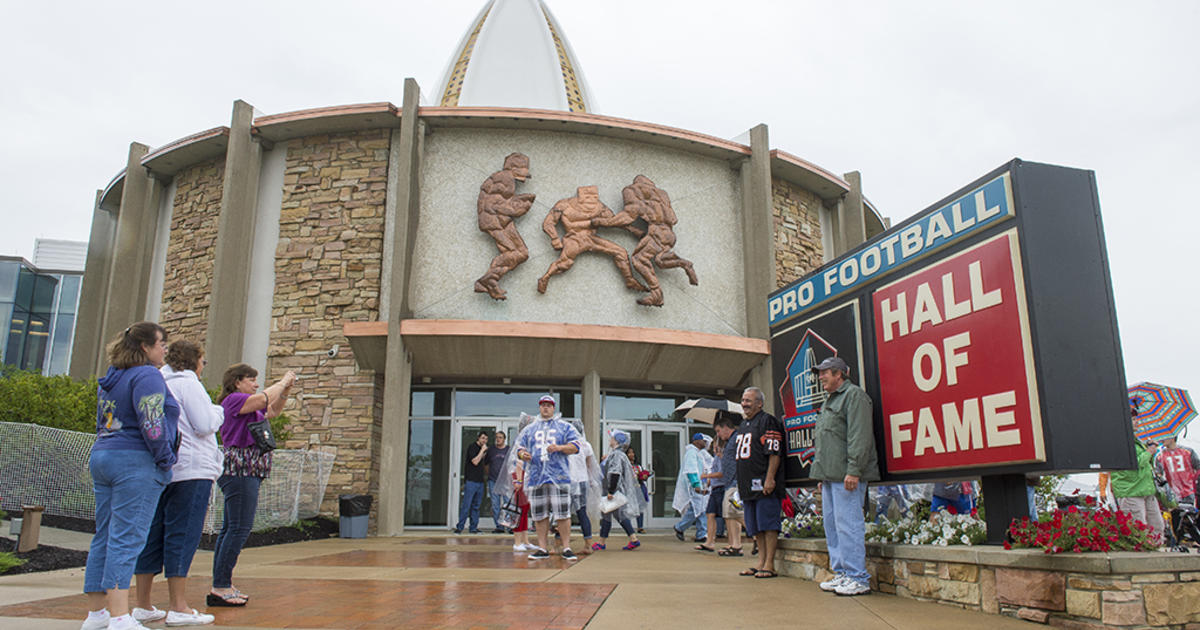
Miguel Cabrera (Venezuela): Miggy’s numbers aren’t quite as gaudy as Pujols’, but the two-time MVP and 2012 Triple Crown winner is approaching both 500 homers and 3,000 hits.
Yadier Molina (Puerto Rico): He won’t have many of the stats typically required for induction, but considering his status as an all-time defensive catcher and nearly two decades worth of winning baseball in St. Louis, Yadi appears to stand a good chance of garnering the necessary support.
Those certainly aren’t the only candidates among today’s veteran Latino players. Robinson Canó (Dominican Republic) will have compelling numbers but also a PED suspension in his past. Félix Hernández (Venezuela) had the peak dominance but might fall short when it comes to longevity. Nelson Cruz (Dominican Republic) has overcome a late start to launch more than 400 homers, and at 40, is showing no signs of stopping, though he was also suspended for PED use.
And there is no shortage of younger players with much work still to do, but plenty of time in which to do it. Just look at young stars such as 22-year-old Ronald Acuña Jr. (Venezuela), and 21-year-olds Juan Soto and Fernando Tatis Jr. (Dominican Republic), and you can easily imagine the next wave of Latino stars rolling toward Cooperstown.
Just look at young stars such as 22-year-old Ronald Acuña Jr. (Venezuela), and 21-year-olds Juan Soto and Fernando Tatis Jr. (Dominican Republic), and you can easily imagine the next wave of Latino stars rolling toward Cooperstown.
Small Island, Hall of Fame Legacy
Roberto Clemente, say no more.
Orlando Cepeda, a true “Baby Bull” in his prime, a feared slugger who was the first Latino to lead either circuit in home runs and RBI.
Roberto Alomar, smooth as silk, a two-time World Series champion second baseman.
Three giants, bronzed in the National Baseball Hall of Fame and Museum, elegant players all part of a select group in Cooperstown.
Puerto Rico may not have the storied history of Cuba, where professional baseball took root in 1878 and where the warm winters drew all-star barnstorming teams for decades afterward.
And it may not produce as many superstars as the Dominican Republic and Venezuela, two countries that together could fill the rosters of seven major league teams right now.
Yet for a tiny island of 3.5 million people, Puerto Rico punches well over its fighting weight. When Iván “Pudge” Rodríguez is enshrined this weekend, he will be the fourth boricua inducted — and just the 13th Latino overall.
While took until 1938 for Puerto Rico to launch a professional baseball league, long before that it was played at the local level, town against town — a nurturing tradition that still endures today through the island’s amateur structure, known in Spanish as Béisbol Doble A. The season runs from mid-February to September and teams play Friday, Saturday and Sunday. My ’hood against your ’hood.
“Why is baseball so important to the island’s social fabric? The answer is very simple: pura pasión. Pure passion,” said Ángel Colón, a historian based in San Juan who is completing a book about Puerto Rican baseball. “Baseball is our life. We are devoted to the game.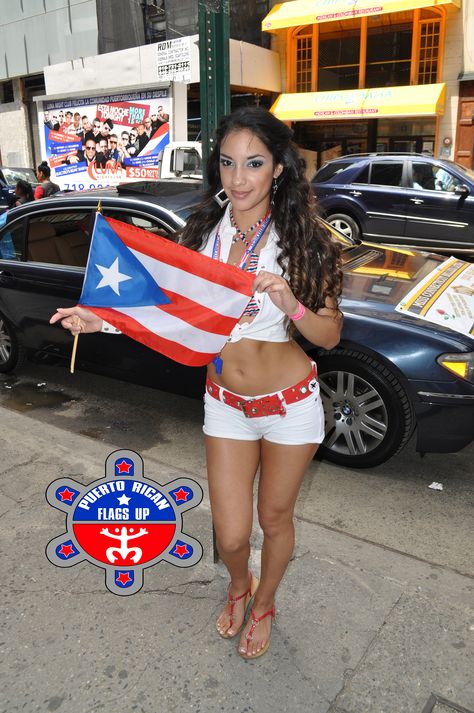 We take enormous pride in it.”
We take enormous pride in it.”
“What Clemente, Cepeda, Alomar and Pudge share — what all the players from Puerto Rico have in common — is their dedication to the game, a commitment to excel and, above all, to win,” Colón said.
No Escaping Jim Crow
The island’s four Hall of Famers represent a powerful legacy, a royal lineup of players who predate Clemente. Early Puerto Rican stars remain largely unknown outside the Caribbean. They were too good to be ignored by scouts, yet too dark to play in the major leagues. Because they could not escape the color line that divided professional baseball, these pioneers displayed a tenacious will to play as they tried their luck in other countries and leagues, including the Negro leagues.
Foremost among them was Emilio “Millito” Navarro, a patriarch of the game on the island.
A diminutive infielder who stood barely 5-foot-5, he left a giant imprint all over the Caribbean.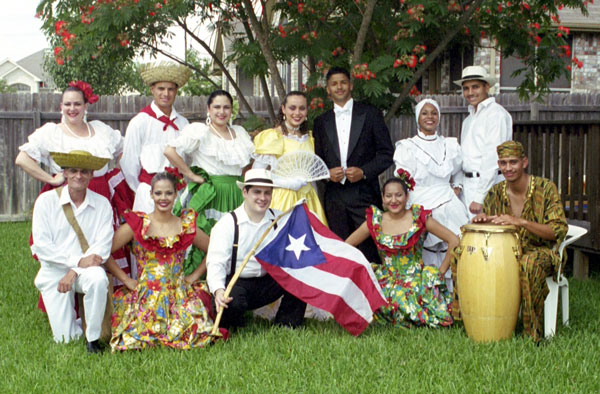 The first Puerto Rican to star in the Negro leagues, Millito played for the Cuban Stars in 1928 and 1929. Known for his blazing speed and soft hands, his hitting stats are incomplete because most Negro league statistics were unrecorded. But before Alomar, there was Navarro.
The first Puerto Rican to star in the Negro leagues, Millito played for the Cuban Stars in 1928 and 1929. Known for his blazing speed and soft hands, his hitting stats are incomplete because most Negro league statistics were unrecorded. But before Alomar, there was Navarro.
Navarro, who lived to the ripe old age of 105 before passing away in 2011, was blessed to see all who followed in his footsteps. That includes Francisco “Pancho” Coimbre, one of the best outfielders in Latin America, and maybe anywhere.
Coimbre was the top Puerto Rican League star of the late ’30s and through the ’40s, winning five championships in 13 seasons with los Leones de Ponce (Ponce Lions) and earning accolades with various teams in the Dominican Republic, Venezuela, Mexico, Colombia and Canada as well as with the Cuban Stars.
A superb contact hitter, Coimbre never got to the major leagues because of his dark skin.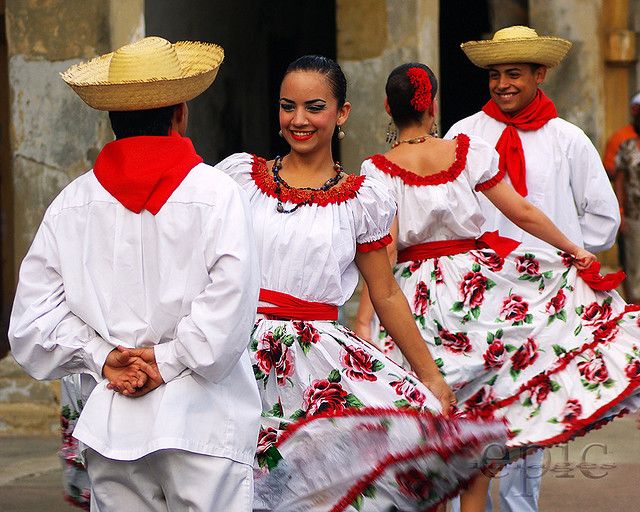 Clemente insisted Coimbre was the better player. Though his stats are also incomplete, John Holway, former chairman of SABR’s Negro Leagues committee, calculated that Coimbre hit .377 in the Negro Leagues, the fifth-best average all-time. In Puerto Rico Coimbre hit .337 with only 29 strikeouts in 1,915 at-bats — and supposedly didn’t whiff once over the course of three seasons.
Clemente insisted Coimbre was the better player. Though his stats are also incomplete, John Holway, former chairman of SABR’s Negro Leagues committee, calculated that Coimbre hit .377 in the Negro Leagues, the fifth-best average all-time. In Puerto Rico Coimbre hit .337 with only 29 strikeouts in 1,915 at-bats — and supposedly didn’t whiff once over the course of three seasons.
Satchel Paige, the fabled Negro League pitcher enshrined in the Hall of Fame, gave Coimbre the highest of marks. “Coimbre could not be pitched to. No one gave me more trouble than anyone I ever faced, including Josh Gibson and Ted Williams,” Paige once said.
Then there was Pedro “Perucho” Cepeda, the father of Orlando and the original “Bull” in the family. Perucho played from 1928 to 1950, hitting .400 in the Dominican Republic and tearing up the Venezuelan league numerous times. He’s the only Puerto Rican to hit .400 in the island’s Winter League at two different positions: shortstop and first base.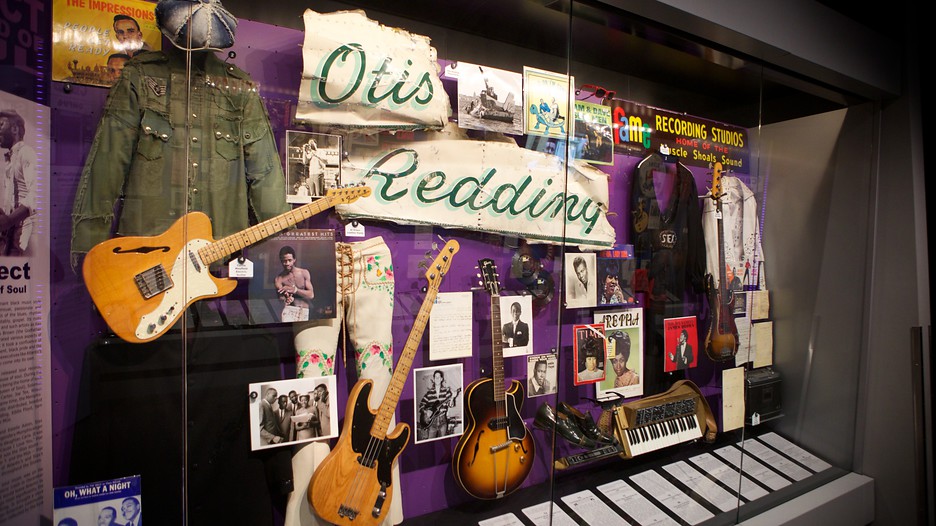
He was so admired that he was considered the Puerto Rican Babe Ruth and was even called “Babe Cobb” for his fierce hustle.
Álex Pompez, the Cuban-American executive enshrined in the Hall of Fame who ran the Cuban Stars and later the New York Cubans, tried repeatedly to sign Perucho. Cepeda stood resolute in his refusal to come to the States because he abhorred racism and didn’t want to submit his family to racial segregation.
Major League Breakthroughs
Ironically, before Jackie Robinson broke the color line, Latinos bent it with their range of skin tones and their “foreign” status. Some wondered whether major league organizations were manipulating racial barriers to permit “brown” Latinos but not African-Americans.
It was in this setting that Hiram Bithorn, a sturdy right-handed power pitcher, made his big-league debut with the Chicago Cubs on April 15, 1942.
“It’s important to note that he was white, very white,” his biographer, Jorge Fidel López Vélez, wrote in La Vida Baseball in March. “And his last name sounded Anglo-Saxon. Bithorn was white, had the right last name and had talent. All that helped him get his first contract.”
Bithorn may have been the right Puerto Rican at the right time, but like other black and Latino pioneers, he was obliged to be better than average. He’s never been fully recognized, despite winning 18 games for the Cubs in 1943 and leading the National League that season with seven shutouts.
WWII interrupted Bithorn’s career the following year, and he played only two more major league seasons upon his return from the war. And then his life was cut short — while training to become a major league umpire, says López Vélez, Bithorn was shot to death by a policeman during a trip to Mexico in 1951.
Luis Rodríguez Olmo came right after Bithorn, debuting the following season on July 18, 1943 with the Brooklyn Dodgers.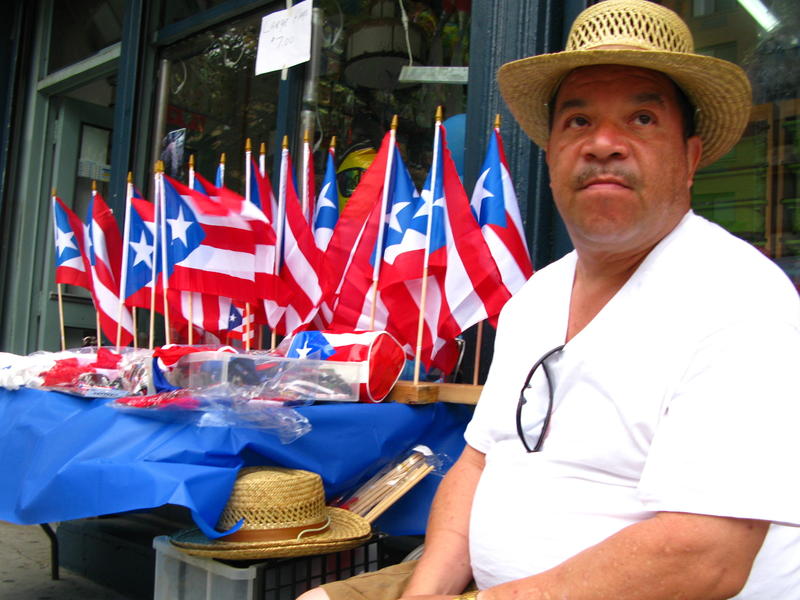 A slender hitter and splendid outfielder who perfected his craft in seven different countries and in so doing earned one of the better sobriquets in baseball, El Pelotero de América, or the Americas’ Ballplayer. Olmo’s breakthrough was remarkable in more ways than one.
A slender hitter and splendid outfielder who perfected his craft in seven different countries and in so doing earned one of the better sobriquets in baseball, El Pelotero de América, or the Americas’ Ballplayer. Olmo’s breakthrough was remarkable in more ways than one.
“In the days before Jackie Robinson broke through with the Dodgers, Olmo was the first non-white that American Dodgers fans embraced,” noted La Vida Baseball Editor-in-Chief Adrian Burgos Jr. in a tribute to Olmo following his death on April 28.
Olmo was quite the artist with his glove and had matinee-star looks, according to the press reports of the day. He perfected basket catches before Willie Mays, and Clemente always credited Olmo for teaching him the art of catching the ball at his waist.
In 1945, Olmo emerged as a formidable part of the Dodgers’ starting lineup with his all-around game. Playing left field, he drove in 110 runs with 27 doubles and 10 home runs while leading the National League with 13 triples.
But when team president and general manager Branch Rickey refused to negotiate a better salary for the following season, Olmo jumped along with others to the new Mexican League being started by millionaire Jorge Pasquel, and was temporarily banned from MLB.
Yet his imprint is not for jumping leagues. Rather, Olmo was the first Latino to hit a home run in the World Series, during the Dodgers’ loss to the New York Yankees in 1949. And in his long career as a player, manager, broadcaster and scout, he inspired succeeding generations, including Pudge Rodríguez, who wrote a tribute in social media after Olmo’s passing.
Integration Pioneers
After Robinson, the doors opened for players of all colors, and the trickle of Latin American pioneers turned into small waves.
In the mid-1950s, a generation of Puerto Ricans broke through that included Clemente, Cepeda, pitchers Juan “Terín” Pizarro and Rubén Gómez, first baseman Víctor Pellot (Vic Power), and infielder Félix Mantilla, who with Hank Aaron and others broke the color line in the South Atlantic League.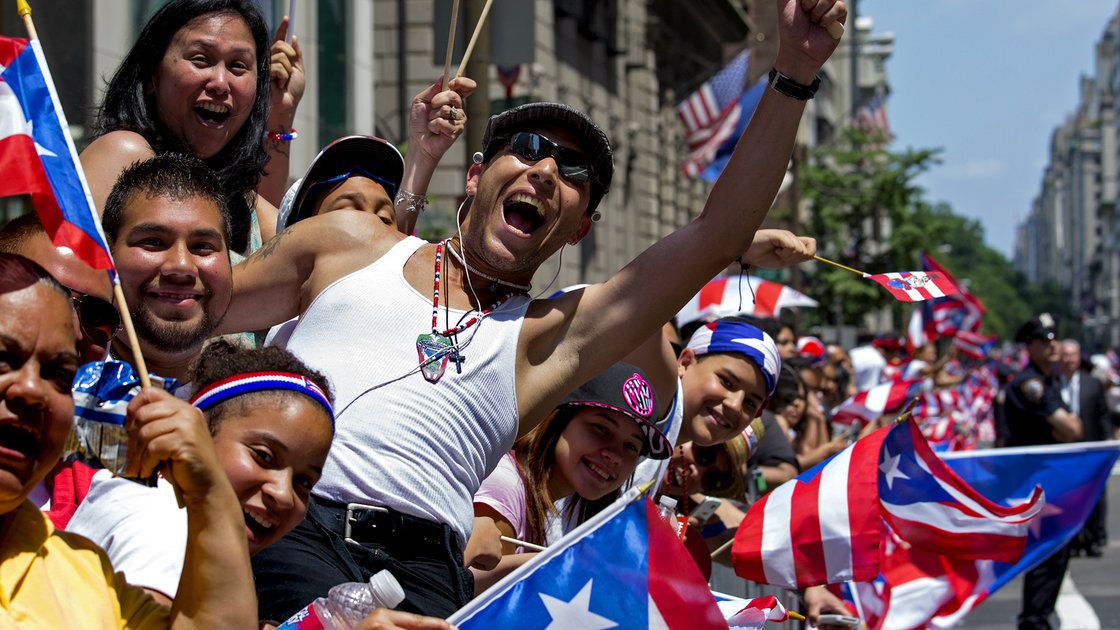
Cepeda was the unanimous choice for Rookie of the Year in 1958 and was the National League MVP in 1967. Pellot changed the way they played first base, casting a wide net with his glove and winning seven consecutive Gold Gloves. A smooth infielder, Mantilla helped Aaron and the Milwaukee Braves win the World Series in 1957, when they beat the Yankees in seven games.
Clemente, of course, went on to win four batting titles, 12 Gold Gloves and two World Series titles while becoming the first Latino to reach 3,000 hits. He matched the standards set by his idols Coimbre and Olmo in his passion for the game.
The Modern Era
Clemente’s generation begat players such as Félix Millán, Willie Montañez, Santos “Sandy” Alomar Sr. and Iván de Jesús, infielders with excellent gloves and decent bats. Such as the Nuyorican lefty John Candelaria, the second Latino to throw a no-hitter. And reliever Willie Hernández, voted the Cy Young Award and the AL MVP while leading the Detroit Tigers to the World Series championship in 1984.
And reliever Willie Hernández, voted the Cy Young Award and the AL MVP while leading the Detroit Tigers to the World Series championship in 1984.
The flow of talent ebbed and flowed over the following decades, but Puerto Rico’s best players were almost always among the best major leaguers. Alomar had two sons, Sandy Jr., a six-time All-Star catcher, and Roberto, the future Hall of Famer.
Meanwhile, Texas Rangers scouts Luis Rosa and Omar Minaya set up shop in Puerto Rico and began mining for talent. Besides Pudge, they signed outfielder Juan “Igor” González, a two-time MVP who hit 434 career home runs.
In the ’90s Jorge Posada and Bernie Williams helped reignite a pinstriped dynasty while another Nuyorican, Edgar Martínez, elevated the position of DH, hitting .312/.418/.933 over 18 seasons. There were also three Carloses: Baerga, Delgado and Beltrán.
The island saw a drop-off in major league talent when its players were included in the annual amateur draft in 1990. But after back-to-back trips to the World Baseball Classic finals and the rise of a new generation led by talented youngsters including the Astros’ Carlos Correa, the Cubs’ Javy Báez and the Indians’ Francisco Lindor, the game has regained firm footing on the island.
But after back-to-back trips to the World Baseball Classic finals and the rise of a new generation led by talented youngsters including the Astros’ Carlos Correa, the Cubs’ Javy Báez and the Indians’ Francisco Lindor, the game has regained firm footing on the island.
And now this weekend, Puerto Rico gets ready to celebrate one more bronzed giant in Cooperstown. When it comes to baseball in Puerto Rico, size doesn’t matter. It is, and always has been, an island of giants. And Hall of Fame players.
Featured Image: Milo Stewart Jr. / National Baseball Hall of Fame and Museum
Inset Image: Jorge Fidel López Vélez
National basketball legends inducted into the FIBA Hall of Fame
https://ria.ru/20070912/78294849.html
National basketball legends inducted into the FIBA Hall of Fame
National basketball legends inducted into the FIBA Hall of Fame – RIA Novosti, 07. 06. 2008
06. 2008
National basketball legends inducted into the FIBA Hall of Fame
Sergei Belov was present at the event, and instead of Lidia Alekseeva, who did not come to Spain, the president of the Russian Basketball Federation (RBF) Sergei Chernov took the stage.
2007-09-12T14:25
2007-09-12T14:25
2008-06-07T11:52
/html/head/meta[@name=’og:title’]/@content
2 /html/head/meta[@name=’og:description’]/@content
https://cdnn21.img.ria.ru/images/sharing/article/78294849.jpg?1212825150
RIA Novosti
1
5
4.7
9000
7 495 645-6601
FSUE MIA Today
https: //xn--c1acbl2abdlkab1og.xn--p1aii/ awards/
2007
RIA Novosti
1
5
4.7
9000
7 495 645-6601
FSUE MIA Today “
https: // XN –c1acbl2abdlkab1og.xn--p1ai/awards/
News
en-RU
https://ria. ru/docs/about/copyright.html
ru/docs/about/copyright.html
https://xn--c1acbl2abdlkab1og.xn-- p1ai/
RIA Novosti
1
5
4.7
96
7 495 645-6601
Rossiya Segodnya
https://xn--c1acbl2abdlkab1og.xn--p1 News
1
5
4.7
9000
7 495 645-6601
Federal State Unitary Enterprise “Russia Today”
HTTPS: //xn--C1ACBL2ABDLKAB1OG.XN-G. -p1ai/awards/
RIA Novosti
1
5
4.7
9000
7 495 645-6601
FSUE MIA Today
https: //xn--c1acbl2abdlkab1og.xn--p1ai/AWAWARDS /
Sports, European Basketball Championship – 2007
Sports, European Basketball Championship – 2007
MADRID, September 12 – RIA Novosti. Russian basketball legends Sergei Belov and Lidia Alekseeva are inducted into the FIBA (International Basketball Federation) Hall of Fame.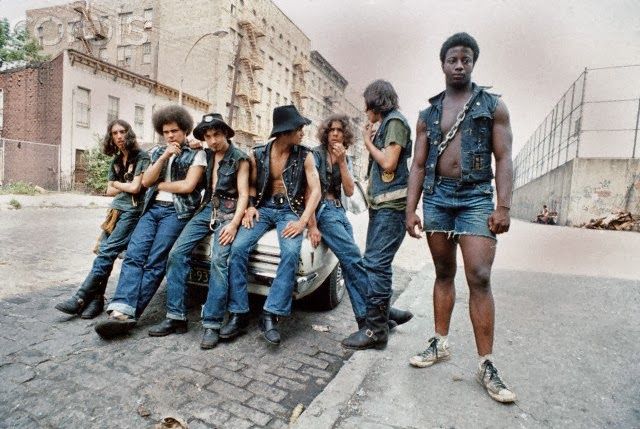 The solemn ceremony takes place in the Spanish Alcobendas (a suburb of Madrid), where the Hall of Fame itself is located.
The solemn ceremony takes place in the Spanish Alcobendas (a suburb of Madrid), where the Hall of Fame itself is located.
Sergei Belov was present at the event, and instead of Lidia Alekseeva, who did not come to Spain, the president of the Russian Basketball Federation (RFB), Sergei Chernov, took the stage.
Belov during his playing career became the Olympic champion (Munich-1972), two-time world champion (Montevideo-1967, Puerto Rico-1974), four-time European champion (Finland-1967, Italy-1969, Germany-1971, Italy-1979), two-time winner of the European Champions Cup (1969, 1971) and 11-time champion of the USSR (1969, 1970, 1971, 1972, 1973, 1974, 1976, 1977, 1978, 1979, 1980). In his personal collection there are also three Olympic “bronze” (Mexico City-1968, Montreal-1976, Moscow-1980), “silver” (Manila-1978) and “bronze” (Ljubljana-1970) world championships, two “silver” ( Belgrade-1975, Belgium-1977) and “bronze” (Barcelona-1973) European championships.
Belov was honored to light the fire of the 1980 Olympics in Moscow.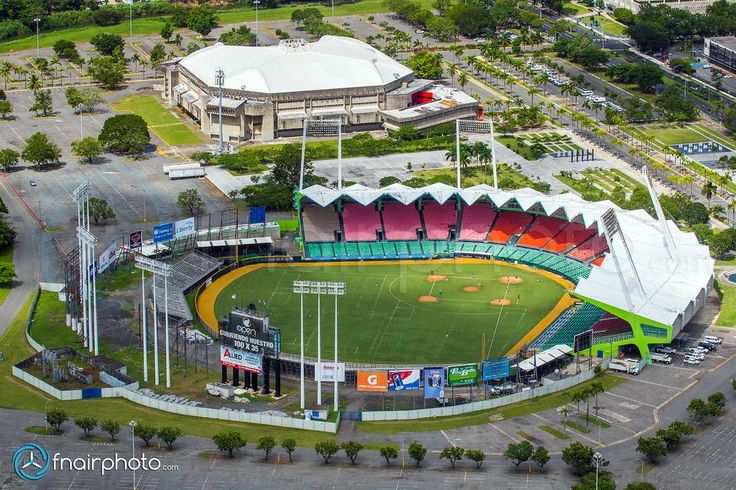 From 1993 to 1998, he headed the RFB, since 2005 he has been the president of Perm Ural Great.
From 1993 to 1998, he headed the RFB, since 2005 he has been the president of Perm Ural Great.
Lidia Alekseeva, who was inducted into the FIBA Hall of Fame in the category of coaches, for 22 years (1962-1984) led the USSR women’s team, which during this period of time won victories in all major tournaments in which she participated. Among them are two Olympics (Montreal-1976, Moscow-1980), five world championships (Lima-1964, Prague-1967, Sao Paulo-1971, Colombia-1975, Brazil-1983) and 12 championships of the continent (Mulhouse-1962, Budapest-1964, Romania-1966, Italy-1968, Netherlands-1970, Bulgaria-1972, Italy-1974, France-1976, Poland-1978, Yugoslavia-1980, Italy-1981, Hungary-1983). The only world championship during this time that was not won by the “golden” team under the leadership of Alekseeva was the 1979 tournament in South Korea, which the Soviet Union national team boycotted for political reasons.
One of the most important links of the victorious USSR team of those years was the legendary center of the Riga TTT Uliana Semenova, who also took her rightful place in the FIBA Hall of Fame. She played for the Soviet team for 18 years (1968-1986).
She played for the Soviet team for 18 years (1968-1986).
Other basketball legends who have been inducted into the Hall of Fame in the player category include Drazen Dalipagic (Serbia), Ivo Daneu (Slovenia), Oscar Furlong (Argentina), Nikos Gallis (Greece), Pierluigi Marzorati (Italy), Amauri Pasos (Brazil). ), Emiliano Rodriguez (Spain), Bill Russell (USA), Hortense Marcari (Brazil) and Ann Meyers (USA).
In the category of coaches, in addition to Alekseeva, Dean Smith (USA), Ranko Zheravica (Serbia) and Suarez Canela (Brazil, posthumously) were also named.
In the future, it is planned to hold such ceremonies every two years, and the number of those awarded this honor will be no more than six people per year.
The FIBA Basketball Hall of Fame was opened on March 1, 2007. At the same time, a number of stars of this sport who are no longer alive were inducted into it. Among them were such legends of Russian basketball as Alexander Belov (in the category of players) and Vladimir Kostin (in the category of referees), as well as basketball theorist and former FIBA vice president (1960-1976) Nikolai Semashko.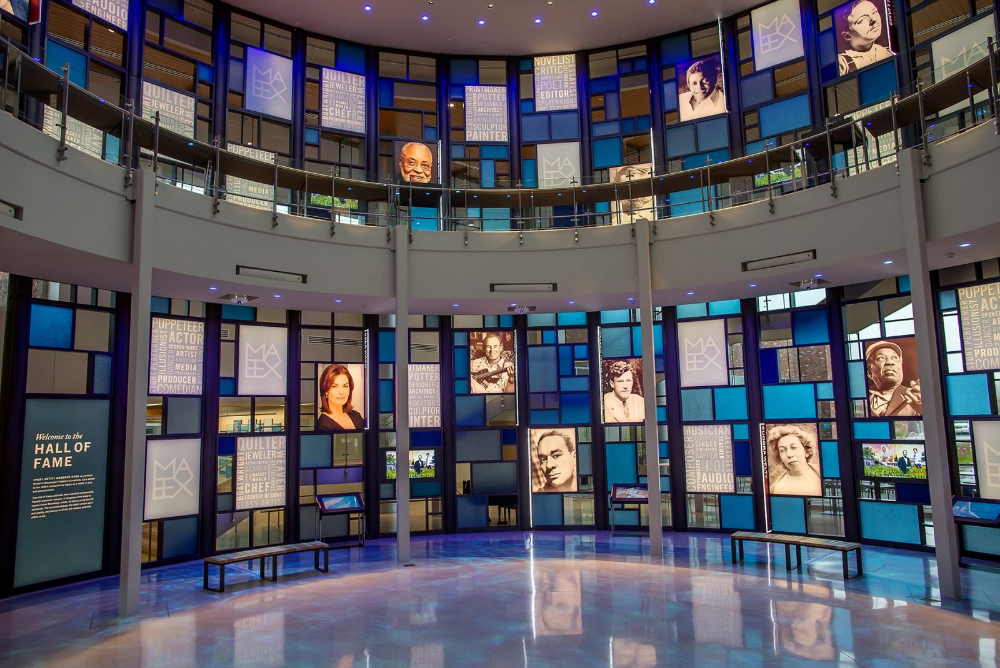
Sergei Tetyukhin entered the International Volleyball Hall of Fame – Volleyball
Olympic volleyball champion Sergei Tetyukhin entered the International Volleyball Hall of Fame (IVHF).
The ceremony was held in American Holyoke. Tetyukhin himself was unable to visit her, but spoke via video link.
As part of the Russian national team, the volleyball player won four Olympic medals: silver in Sydney 2000, two bronze medals in Athens 2004 and Beijing 2008, and gold in London 2012.
Together with Tetyukhin, Brazilians Giovane Gavio and Sergio Dutra Santos, Americans Clayton Stanley and Logan Tom, as well as Taismari Aguero, who played for Cuba and Italy, joined the Hall of Fame.
Related materials
Top news
- Titov about Macron’s words about the participation of all countries in Paris 2024: “This is a completely expected statement, but the main thing is that there should be political steps besides it” TopNews”> Russian Championship. 11th round. Kuzbass beat Dynamo-LO, ASK lost to Zenit Kazan and other results 2
- participate in the 2024 Olympics” 63
- Thomas Bach: “Athletes cannot be punished for the decisions of their states. The issue of their participation has always been about protective measures, not about sanctions” 167
- Thomas Bach: “After consultations, it was unanimously agreed that sanctions against Russia and Belarus should remain in force” 176
- CAS sanctions were extended” 20
- Pozdnyakov on the admission of Russians to international competitions: “We are considering two options – participation in the 2024 Olympics and a full return no earlier than 2026” 83 TopNews”> Pavel Kolobkov: “Something extraordinary needs to happen in order for us to return the right to participate in the qualifications for the 2024 Olympics” 9
- 2024: “This is a very hypothetical question. All IOC recommendations remain.” 21
- IOC will not extend suspension of the DPRK Olympic Committee 56 16
- The budget for the organization of the 2024 Olympics in Paris will increase by 400 million euros due to the energy crisis and additional costs RUSADA 47
- The IOC did not make statements on the issue of allowing Russian athletes to qualify for the 2024 Olympics 8 TopNews”> The IOC Executive Board upheld the recommendation to apply sanctions against Russian sports our athletes should be able to demonstrate their training in a fair fight, without politics and prejudice” 51
- Russian Volleyball Championship (Women). 10th round. Dynamo Moscow beat Dynamo Krasnodar, Proton lost to Tulitsa, other results 27
- Russian Championship. 10th round. Lokomotiv beat ASK, Zenit St. Petersburg beat Kuzbass and other results 4
- SCO 28
- Oleg Matytsin: “No country provides social guarantees that Russian athletes have” 67 TopNews”> Dmitry Chernyshenko: about 450 events” 7
- Alexander Butko about disqualification for doping: “I pleaded guilty legally, but in conscience I am not guilty” 6
- Thomas Bach: “The recommendation not to recognize competitions in Russia and Belarus, the ban on displaying the national symbols of these countries should remain in force” 181
- financial point of view than in any country in the world” 34
- Stanislav Pozdnyakov: “Countries that follow the path of violating the Olympic Charter are a minority, but they are noisy and have serious media resources. All this puts pressure on the IOC” 44